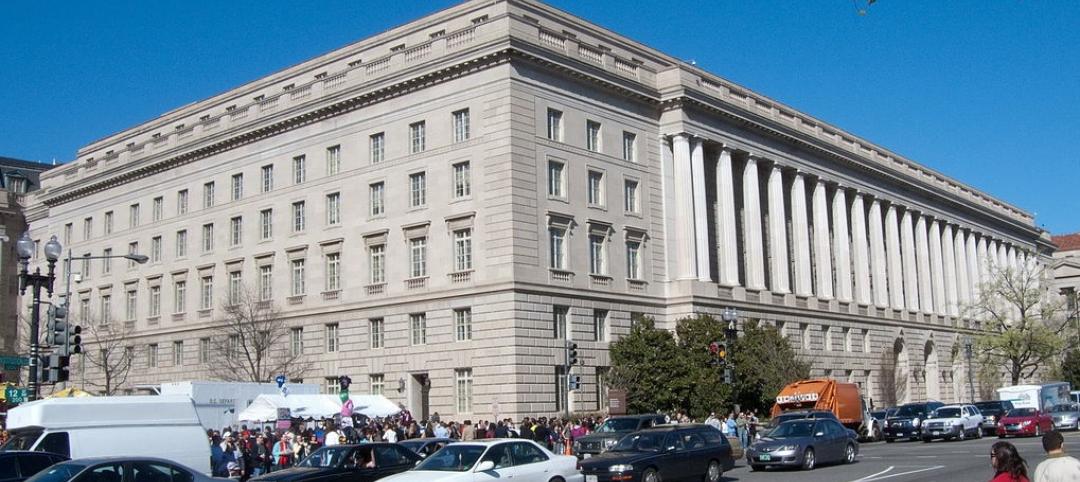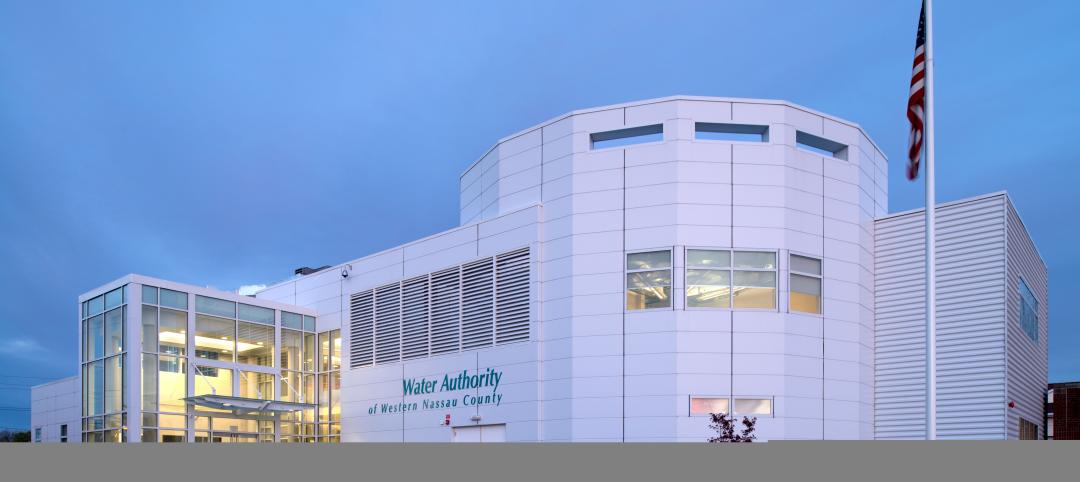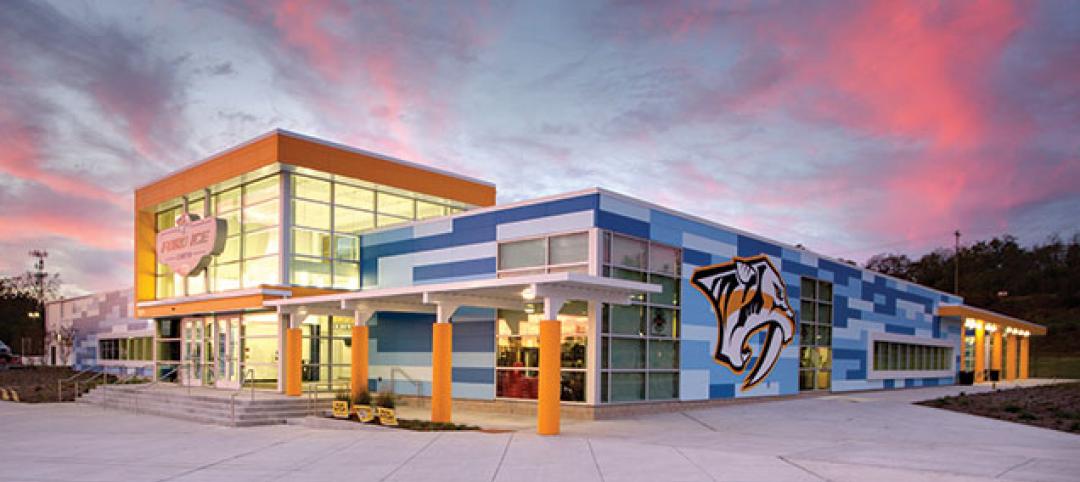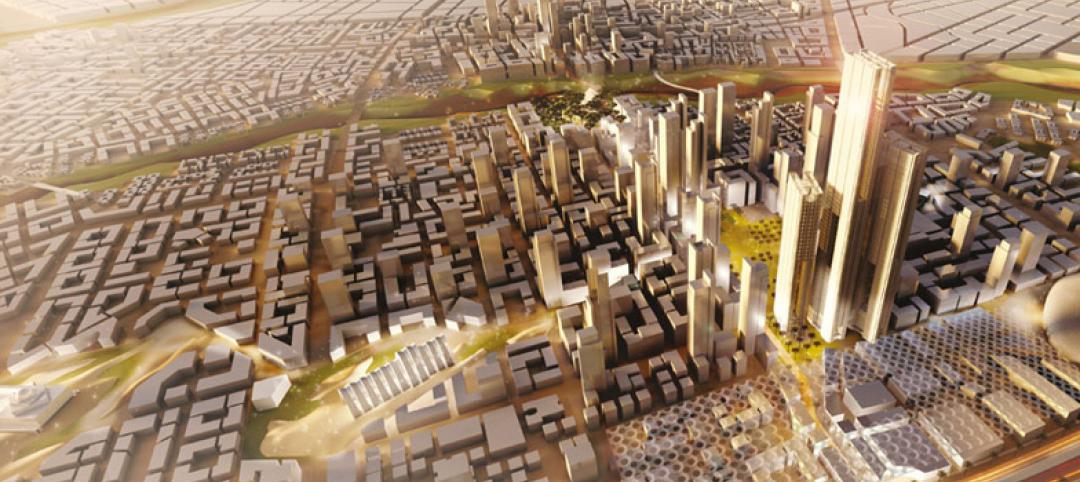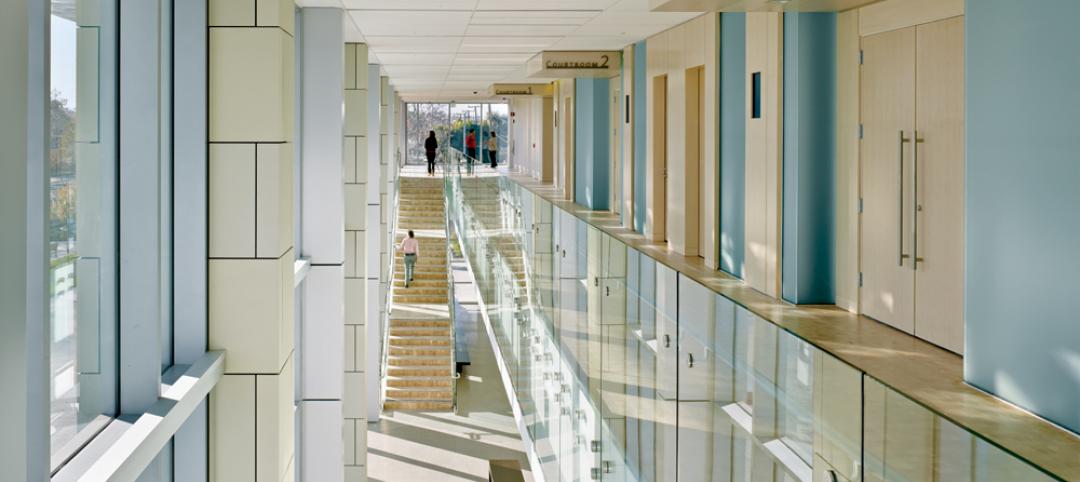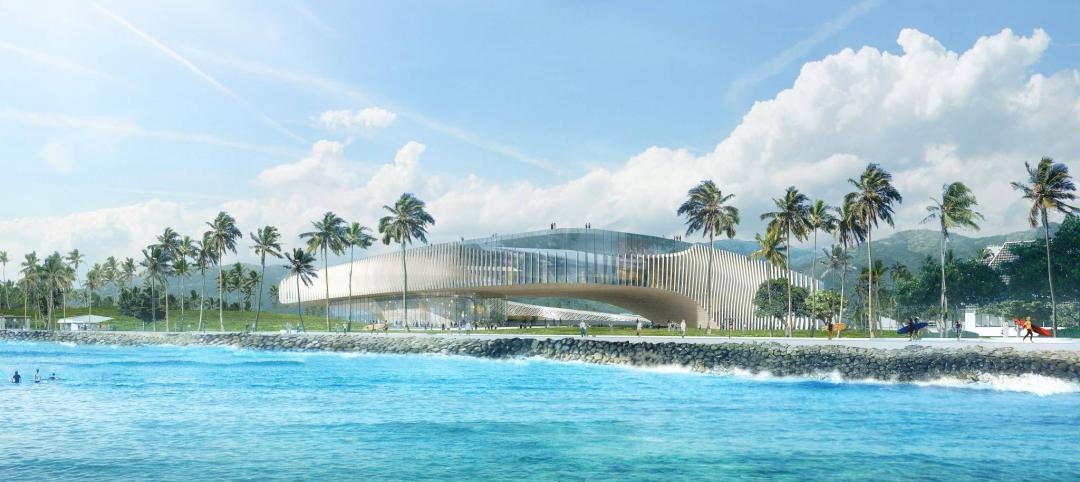 |
| The Riverwalk runs along the south bank of the Chicago River, giving the Windy City a 1.3-mile-long pedestrian promenade. |
1. Riverwalk Transforms Chicago's Second Waterfront
Canopies offer high style below bridges At several points along the riverwalk, the path runs beneath bridges where passing vehicles can shower pedestrians below with dirt and debris and where the covered, shadowy space can instill a sense of trepidation in those walking underneath. The architects' solution to these problems was the installation of canopies that act as barriers between the bridges and the pathway. Bright lighting is integrated into the canopies, which are covered with stainless steel shingles that act as mirrors to reflect the water's shimmering elegance. One Chicago architecture critic blogging about the canopies wrote: "instead of under-bridge fear, you get under-bridge delight." At several points along the riverwalk, the path runs beneath bridges where passing vehicles can shower pedestrians below with dirt and debris and where the covered, shadowy space can instill a sense of trepidation in those walking underneath. The architects' solution to these problems was the installation of canopies that act as barriers between the bridges and the pathway. Bright lighting is integrated into the canopies, which are covered with stainless steel shingles that act as mirrors to reflect the water's shimmering elegance. One Chicago architecture critic blogging about the canopies wrote: "instead of under-bridge fear, you get under-bridge delight." | |
 |
| Built on the 75-year-old ruins of New York City’s elevated freight train tracks, the High Line is a 1.45-mile urban park that winds around buildings and above streets on the city’s West Side. The $152 million rehab is inspiring similar projects throughout the world. |
2. High Line Elevates the Typical Urban Park
 |
| The main circulation path in BeachBody’s Santa Monica, Calif., office is also a 1/4 - mile walking track, complete with rubber flooring. |
3. Walking Track Fits Firm's Wellness Focus
Related Stories
Structural Materials | Mar 30, 2015
12 projects earn structural steel industry's top building award
Calatrava's soaring Innovation Science and Technology Building at Florida Polytechnic University is among the 12 projects honored by the American Institute of Steel Construction in the 2015 IDEAS² awards competition.
Government Buildings | Mar 28, 2015
Obama issues executive order for 40% reduction in federal government’s greenhouse gas emissions
The action also calls for an increase in the share of renewable energy in the federal government’s electricity supply to 30% during that same period.
Sponsored | Walls and Partitions | Mar 25, 2015
Metl-Span systems meet design needs in cost effective manner
The goal from the beginning was to construct an energy efficient building with insulated metal panels.
Sponsored | Cladding and Facade Systems | Mar 24, 2015
Designers turn a struggling mall into a hub of learning and recreation
Architects help Nashville government transform a struggling mall into a new community space.
Government Buildings | Mar 23, 2015
SOM leads planning for Egypt’s new $45 billion capital city
To alleviate overcrowding and congestion in Cairo, the Egyptian government is building a new capital from scratch.
Justice Facilities | Mar 5, 2015
New courthouse blossoms into a civic space for one California town
The building's canopy suggests classical courthouse features of front porch and portico. It also helps connect the building with a public plaza that has re-centered civic activity and public gathering for the town.
Justice Facilities | Mar 5, 2015
State of the state: How state governments are funding construction projects
State budget shortfalls are making new construction and renovation projects a tough sell, leading lawmakers to seek alternative funding for these jobs.
High-rise Construction | Mar 4, 2015
Must see: Egypt planning 656-foot pyramid skyscraper in Cairo
Zayed Crystal Spark Tower will stand 200 meters tall and will be just a short distance from the pyramids of Giza.
| Jan 6, 2015
Snøhetta unveils design proposal of the Barack Obama Presidential Center Library for the University of Hawaii
The plan by Snøhetta and WCIT Architecture features a building that appears square from the outside, but opens at one corner into a rounded courtyard with a pool, Dezeen reports.
| Jan 2, 2015
Construction put in place enjoyed healthy gains in 2014
Construction consultant FMI foresees—with some caveats—continuing growth in the office, lodging, and manufacturing sectors. But funding uncertainties raise red flags in education and healthcare.



